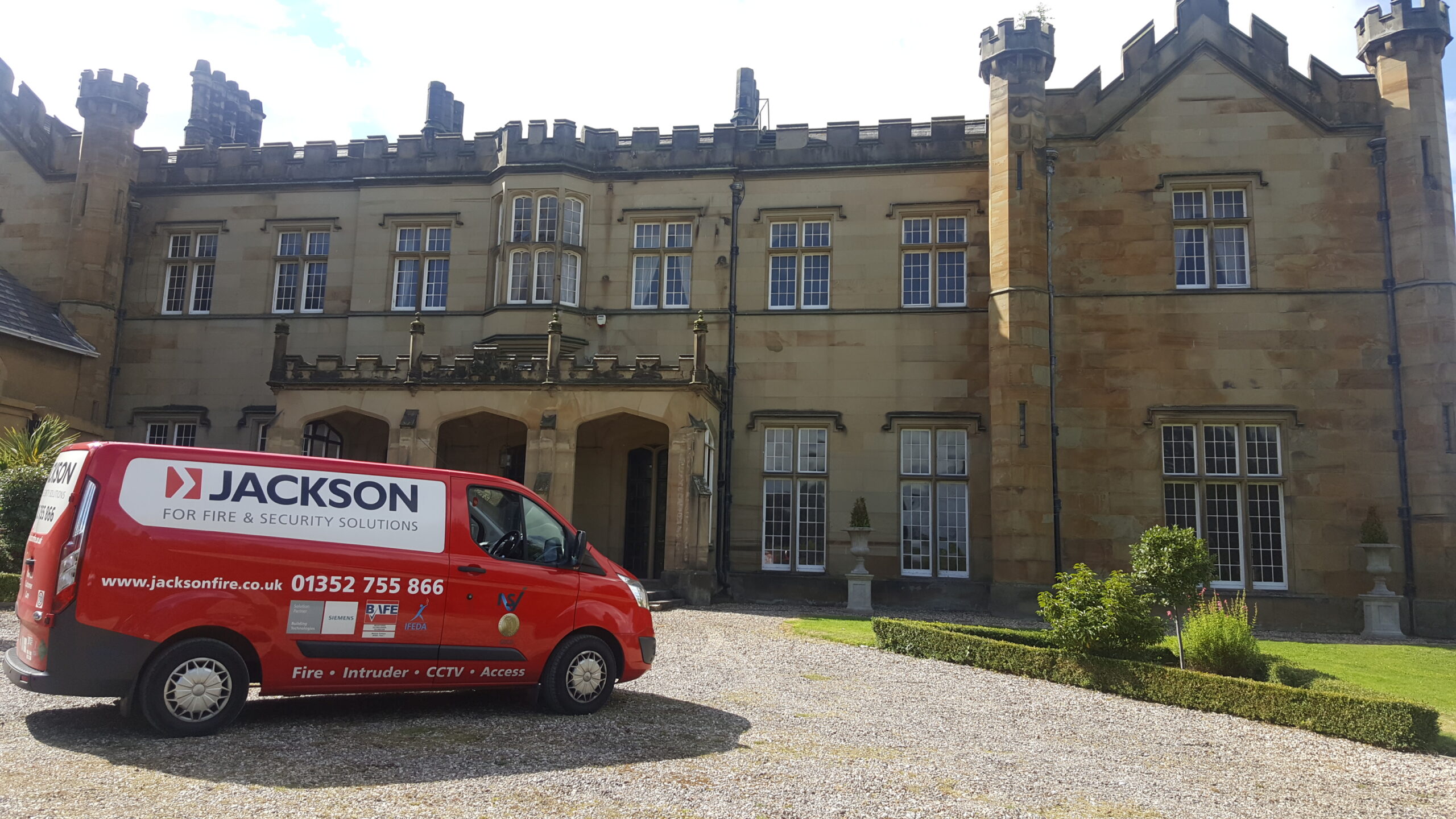You might have seen the news reports a few weeks ago about the devastating fire at The Star Inn in Harome, North Yorkshire. The 14th Century listed building, which had become a Michelin-starred restaurant, was almost gutted after its thatched roof caught fire. Fortunately nobody was injured, but it was still very sad to see the level of destruction the fire caused.
A unique range of challenges
These types of buildings present real challenges when it comes to fire safety. Balancing the need to preserve the historical aspects of listed or other heritage buildings with the requirement to keep the property, its contents and the people within it safe can be highly complex. On one hand the building must be adapted where possible to facilitate evacuation, slow down the spread of fire, and incorporate all of the necessary fire detection systems and firefighting equipment. On the other hand, the building fabric needs to be preserved as effectively as possible.
More modern buildings have been designed with fire safety in mind. But listed and heritage buildings were mainly constructed in times when fire safety considerations didn’t really feature in the design. The materials used were often far more combustible than those used today. And the design of the building itself creates many problems too; features like hidden voids are common and they present a substantial issue by enabling fires to spread rapidly undetected.
An in-depth risk assessment should be carried out to identify all of the potential fire risks in the building. Its primary aim is to make sure that current fire safety legislation is met to preserve life and avoid injury. But given the special nature of listed and heritage buildings, the identified actions must be carried out carefully to preserve as much of the history as possible. The decision about how much disruption to the building’s fabric is acceptable will be influenced by factors such as how long it would take to safely evacuate the building. This must factor in worst-case assumptions in terms of the maximum number of people in the building at a given time and any specific issues that might end up reducing the speed at which they could exit the building.
Implementing the actions to address the risks
The risk assessment could identify opportunities to implement some relatively simple measures straight away. They could include the removal, or safer storage, of waste materials that might otherwise present a hazard. Potential ignition sources could be moved away from easily combustible materials such as curtains and drapes. PAT testing and electrical circuit testing can be arranged to reduce the risks of electrical fire.
Beyond this, a whole host of protective measures might need to be considered to help reduce the identified risks. In some cases their physical installation could potentially have a detrimental impact on the fabric of the building but there are ways to minimise this.
For example, wireless detector systems could be used in areas of the building where installing wires would cause too much damage. Detection systems could be focused on higher risk areas such as where people sleep, parts of the property where there are hidden voids and zones of particular historical significance. Beam, rather than point, detectors could be considered in large open areas of a building. And while installing fire doors, walls and other passive protection solutions can affect the historical fabric of a building, there are solutions such as upgrading the fire safety performance of an existing door and even creating a fire-rated copy of the original.
An effective fire safety management plan will also ensure arrangements are made for training staff in areas such as raising the alarm, evacuating the property, firefighting and also removing historical artefacts if appropriate.
Review the risk assessment on a regular basis
All elements of the fire risk assessment should be regularly reviewed to make sure that actions and plans remain relevant. Consider too whether there have been any changes to the use of the building (a greater number of community groups using a church for example). If so, review whether that means additional measures must be put in place. It’s also important to check that all firefighting equipment and systems are being maintained in accordance with their schedule so they can be relied on to work properly.
We would advise you ask for professional support
Managing fire safety in heritage and listed buildings is complex, which is why many organisations and building owners choose to bring in professionals to make sure they’re getting expert advice.
At Jackson Fire and Security, we have extensive experience in risk assessing these types of properties and identifying and implementing the solutions needed. For example, earlier on in 2021 we were involved in updating the fire and security systems at a restaurant in a listed building in a North Wales conservation area, and we’ve also carried out work in 200 year old Westbury Castle near Prestatyn. If you would like to learn more about how we can help you, then please don’t hesitate to get in touch with us.
